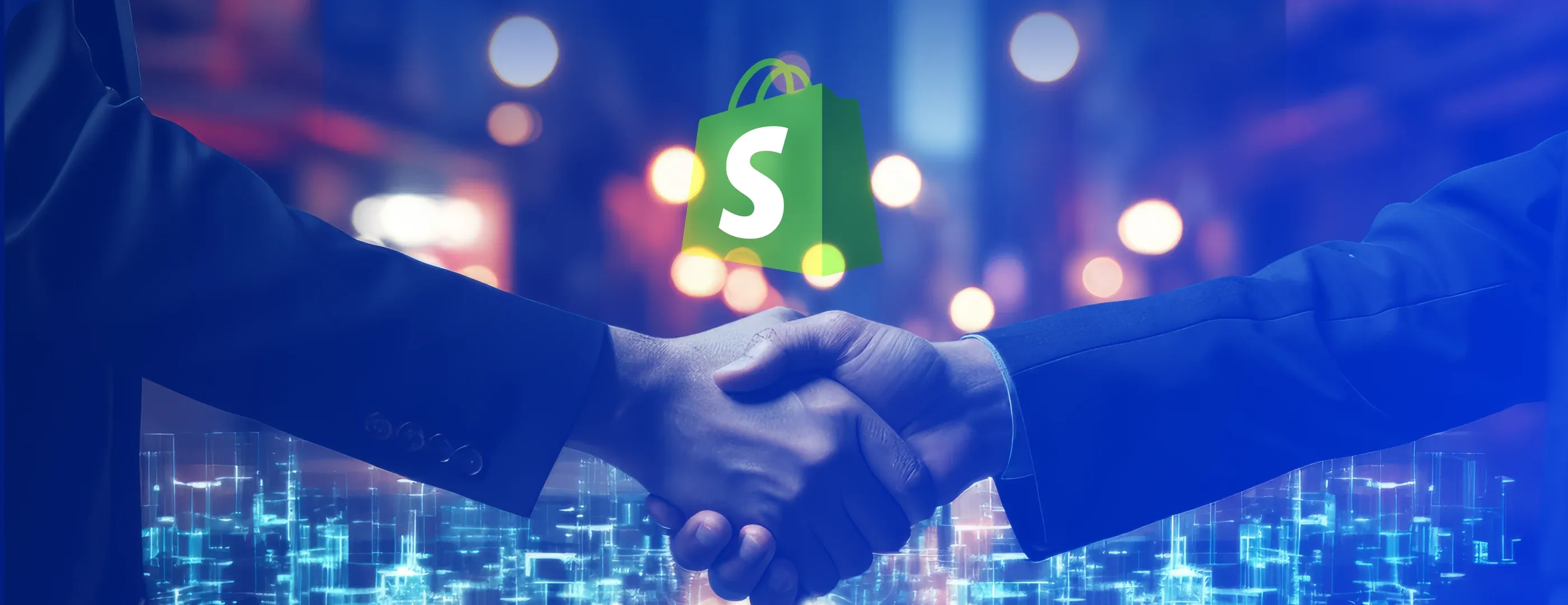
We got used to the fact that B2B merchants need clunky portals or PDF catalogs. Today, the reality is the opposite. They look for the experience they get as customers (fast checkout, mobile-friendly reordering).
If you still run your business on outdated software or complex integrations, ask yourself: Is Shopify a smart move? Well, in many cases, yes, especially Shopify Plus for B2B, as it has evolved far beyond retail operations. Below, we’ll explore reasons why more manufacturers and wholesalers are moving their B2B operations to Shopify.
AI is a new standard for Shopify B2B sales
Today’s B2B buyers search for their products across ten+ channels, which has doubled from five years ago. If a business relies on only one channel (email or phone), it’s 78% more likely to miss its target.
Artificial Intelligence is what removes both. In Shopify and Shopify Plus for B2B, it now affects content, support, merchandising, analytics, and even how your team works.
Smarter operations with AI assistance
Shopify AI tools can draft wholesale emails, pull last quarter’s top buyers, sketch rollout tasks for new price lists, and spot anomalies. All is done right from the admin panel.
Faster content and support where it matters
Instead of hand-writing every spec sheet or email, apply Shopify Magic for first drafts of product descriptions, ticket replies, or campaign copy. After you can review and publish.
Search and recommendations that help buyers find SKUs
Large wholesale catalogs feel smaller when AI search and recommendations prioritize the right SKUs and suggest complements, and surface repeat-buy items.
Personalized product
The actual purchasing data is used to recommend region-specific products and remind clients to replenish at the appropriate time.
Managed Markets for Shopify B2B
This summer, the platform introduced its special editions, including Managed Markets to control logistics, compliance, and international payments. It simply means Shopify and Shopify Plus for B2B stand in as the merchant of record and manage payments, taxes, and duties for you.
In the coming years, this feature will change how business owners sell to corporate customers and global markets. You can expand internationally and manage wholesale without extra storefronts or custom codes. Let’s explore some details about it:
Account-level pricing. Create price lists per company or group so every buyer sees their own negotiated rates, where personalized pricing design improves conversion and trust.
Purchase orders and payment terms. Create and manage wholesale purchase orders right inside Shopify. It also lets you set custom payment deadlines, giving a buyer up to 90 days to pay, without using any extra invoicing tools.
Shared buyer access. Manage multiple employees in one account. Divide by roles and give the corresponding permission. This will ease procurement for bigger clients.
Worldwide reach with less administrative work. This feature automates tax and charge calculations, supports local currencies and payment options. Also, it guards against chargebacks.
Over the next years, the platform plans to run wholesale and international sales in one place. This translates to easier buyer experiences, lighter operations, and the ability to expand internationally without reinventing the IT stack for B2B teams.
Social commerce becomes a revenue channel with Shopify B2B
Social media has moved beyond awareness. It now drives revenue. TikTok, Instagram, and YouTube now let you tag products and buy on the spot. Now, from "I’ve found it" to "I’ve bought it" may take one tap, inside the app. However, it doesn’t stop at consumer goods. B2B buyers are also active on these platforms. They use these networks to track suppliers, industry trends, and product demos. By 2026, Shopify experts expect social commerce to rank among the top 3 growth drivers for online stores, with B2B brands finally becoming a part of it.
Shopify’s integration services make this transition almost seamless. You can connect your catalog once and sell across multiple channels:
TikTok Shop
Instagram Shops
YouTube Shopping
Orders, stock, and customer data flow naturally into your B2B pipeline. Post a short factory or product demo video, and you’ll often see sample requests and quote inquiries. Since it’s all in Shopify, you can spot what’s getting clicks and what’s driving sales. Social commerce becomes more human, visual, and relationship connected. Exactly the kind of shift Shopify for B2B is built to support.
Mobile shopping orientation
Most B2B buyers check their operations on the go. If the screen lags or the text is tiny, they move on. Shopify’s core setup runs smoothly on phones, so you can focus on the details.
What this looks like on Shopify:
Checkout that fits in one hand. One-page flow, wallet payments (Shop Pay, Apple/Google Pay), saved addresses, fewer fields, and fewer drop-offs.
Accounts that travel. New customer accounts and company profiles show contract prices, past orders, and approvals on a small screen.
Really quick reorders. SKU search, "order again," and CSV upload work on mobile, so a buyer can rebuild last month’s cart in minutes.
Fast by design. Modern themes, image auto-sizing, and Shopify’s CDN keep pages light, even on spotty connections.
One store, many markets. International or Managed Markets show local currency, duties, and payment options right in the mobile flow.
Shopify for B2B handles the basics on mobile, like performance and short forms. That lets you focus on what matters, the flow your buyers actually use.
Security and high uptime
Security was and always will be among the top priorities in business. Shopify heavily invests in protection to keep your store up, maintain a high uptime rate, and ensure a safe checkout. Read our article about how to protect a Shopify store from cyberattacks for more details.
Below you’ll find some reasons why you shouldn’t worry about security when working with Shopify or Shopify Plus.
Why this matters to B2B
Always on. If your store is always available, buyers place orders when it suits them, and you avoid chaotic emails and missing deadlines.
Secure by default. PCI-DSS compliant payments, TLS encryption, and modern checkout options (Shop Pay, Apple Pay, Google Pay). They protect card data and shorten the path to order.
Lower ops risk. Your IT staff does not apply hosting, patches, or core upgrades; Shopify does. Instead of working on servers, you concentrate on customers and orders.
Controls that suit B2B workflows
Account security. Two-factor authentication helps to protect staff and customer access without adding excess complexity.
Auditability. Order timelines, edits, refunds, and fulfillment events are traceable. It is useful for finance reviews and compliance requests.
Payments and risk management
Protected transactions. Tokenized payments, fraud analysis, and dispute tools protect revenue.
Terms without workarounds. For trade buyers, assign payment terms (net terms) at the company level and keep billing in a single system.
Ready for global fluctuations. If you sell across borders, Shopify supports local methods and currencies while maintaining the same level of protection.
Shopify for B2B is made for teams to take the burden off permanent checking on infrastructure maintenance. Instead, they can effectively work on pricing, catalogs, and integrations. Security is managed at a fundamental level in Shopify.
Headless Commerce
Simply put, Headless Commerce is about splitting your store’s look from Shopify’s backend. You keep Shopify for products, checkout, payments, and orders, while the front end runs on a framework you control.
The results are visible immediately. Pages open quickly, search visibility improves, and the interface can match buyers' desires. Display contract rates after sign-in. Include a small, fast-order table. Allow repeated customers to renew their baskets from a CSV file from last month. Installing a headless CMS makes it easier to sell via marketplaces, social media, mobile applications, websites, and new technologies (VR, IoT). Going headless on Shopify for B2B should be in line with your long-term company objectives. Ideally, it should improve consumer satisfaction, set your brand apart, or enable special features. Consider Shopify Headless if you answered "yes" to any of these statements! Also, if you're still unsure whether it’s a good choice, contact DigitalSuits for expert advice.
Shopify B2B VR shopping
Companies may apply Shopify AR technology to provide customers with absolute quality and its realistic features. Such a strategy may increase sales and give an additional boost to the ecommerce website and improve the user experience.
How does it work:
Create or source accurate 3D files for key SKUs.
Attach them to product pages with Shopify’s media viewer or a trusted app.
From their smartphones, the buyers tap View in your space and place the item through the camera.
The benefits of such a decision are clear:
Customers get to see the real product size. They see real dimensions on site. Ideal for furniture, fixtures, equipment, or signage.
Appearance. Consumers can check clearance, color, and placement before buying.
Confidence. The preview option may result in a conversion with a lower chance of the item's return.
Engagement. It is a better alternative than photos and might be more convincing regarding sales.
For B2B teams, it is better to start with products that are best comprehended by their actual size. Keep models light so they load fast, and add a clear dimensions callout next to the AR button.
In 2026, AR for Shopify and Shopify Plus B2B can shift "I think it fits" to "I know it fits," speeding decisions and improving sales.
Customization options
Shopify’s B2B lets you shape more than the theme. You can interfere with the entire buying process for trade customers. Change price displays, discount logic, checkout steps, payment options, and account experiences. You can store real contract details in metafields and surface them on PDP, cart, or checkout. Add quick ordering, CSV or SKU entry, and niche-specific browsing that doesn't split into several themes.
Of course, B2B selling rarely looks the same from one company to another, and that’s exactly where Shopify stands out. In short, Shopify B2B lets brands run their business their way, without reinventing everything from scratch.
ERP systems
The success of a B2B store relies not only on the surface. It is the back office that keeps it all working. Shopify ERP integration helps fill that gap. With certified connections to major systems like Microsoft Dynamics and Oracle, data can be interchanged between the front and back office. This means inventory updates, order statuses, and customer records stay consistent everywhere. When a client places an order, your ERP knows instantly, no manual imports or double-checking spreadsheets.
Finances are in order with accurate invoices, and operations track fulfillment in real time. Your sales team can focus on growth instead of fixing mismatched data.
Top Shopify B2B commerce examples for inspiration
Here are some real builds that show how Shopify B2B can simplify wholesale operations while giving buyers a cleaner, faster way to order.
Chefs’ Island
A long-standing wholesaler for restaurants, hotels, and culinary schools moved to a Shopify B2B storefront with BSS Commerce. The results are visible:
Quick navigation
Bulk ordering tools
Transparent and account-based pricing
Exactly what busy foodservice buyers need to reorder without issues.
Snyder Performance Engineering
When business demands overgrown phone and email orders, Snyder switched to Shopify B2B. They introduced a self-service platform with instant fulfillment, personalized pricing, and inventory. All has been synchronized with ShipStation and QuickBooks. In 18 months, they cut back-office admin by 25% and lifted average customer spend by 40%.
Maintain your Shopify store in 2025 and prepare it for 2026 with DigitalSuits
Every brand needs clarity above all. Yet, not every store needs a complete makeover. It's probably time to migrate to Shopify if your current platform is hard to maintain and develop for future changes. Also, if it doesn't enable third-party integrations or lags during periods of high traffic.
If you want to set up a Shopify store, it's easy. However, to build a Shopify B2B business is another story. It demands solid knowledge of inventory control, market pricing, and relations with clients.
DigitalSuits combines technical expertise with B2B insights. Our Shopify developers design, develop, and maintain Shopify and Shopify Plus stores and provide Shopify B2B development services to match your current workflows. If you wish not just to follow web design trends but to lead them, simply contact us. Furthermore, we are certified Shopify Partners, which means our expertise has been officially recognized for meeting their highest standards of quality, performance, and client satisfaction. We'll build a solution to fulfill all your needs.
Frequently Asked Questions
How secure is Shopify for trade buyers and payments?
Payments are PCI-DSS compliant, traffic is encrypted, and 2FA is available for staff and customer accounts. Implement role-based permissions and fraud checks as a standard practice. If you want to deep dive into the details of security measures, read more in our article – How to prevent your Shopify store from cyberattacks.
Can we run D2C and B2B from one store?
Yes, you can. Keep the retail site open to everyone. Give approved customers a login to see wholesale prices. If the rules change, create a separate B2B store. Want to know how to set up the proper Shopify B2B store? Fill in the contact form, and we’ll respond swiftly.































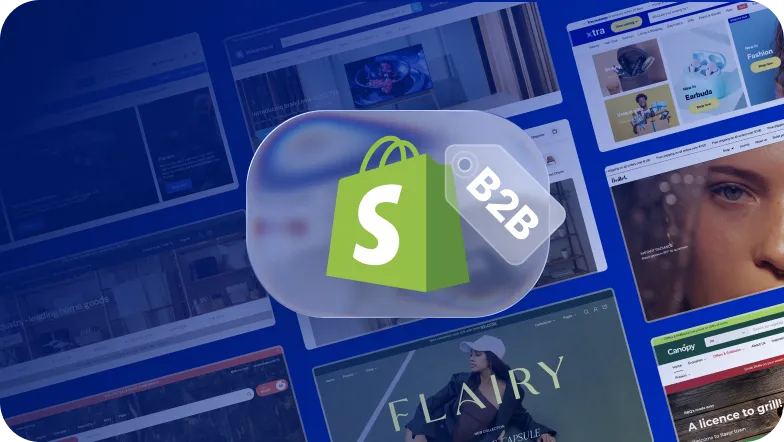
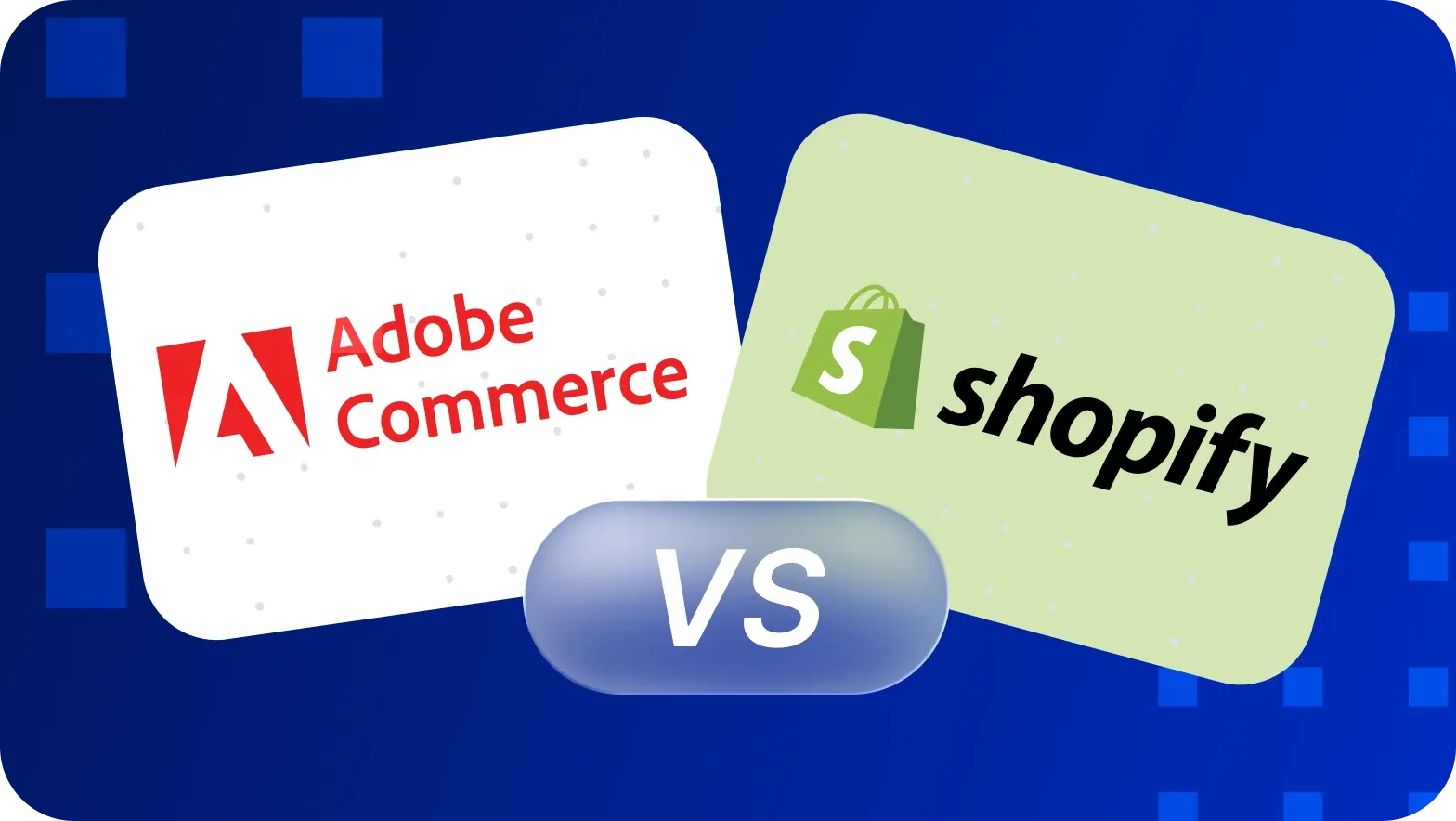
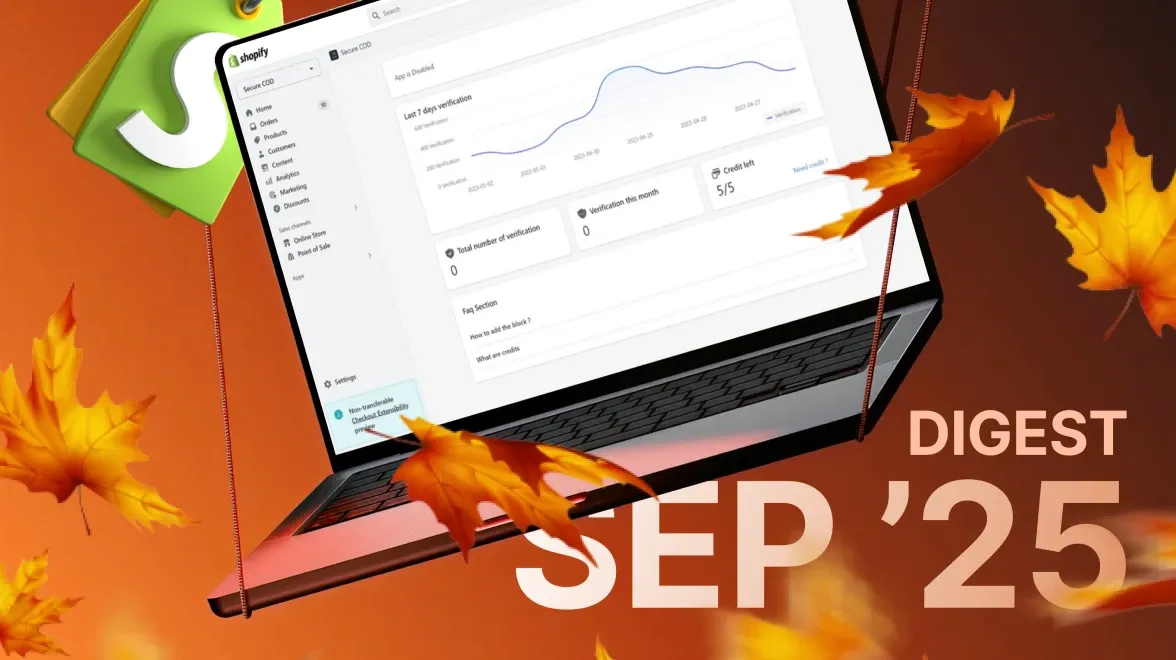
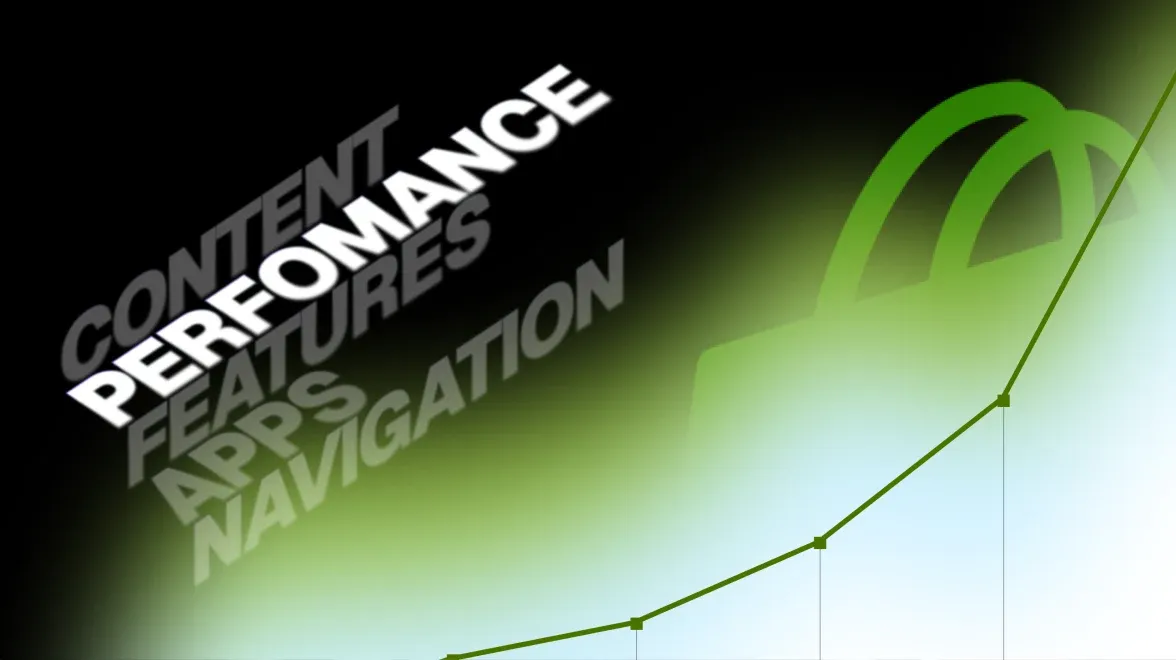
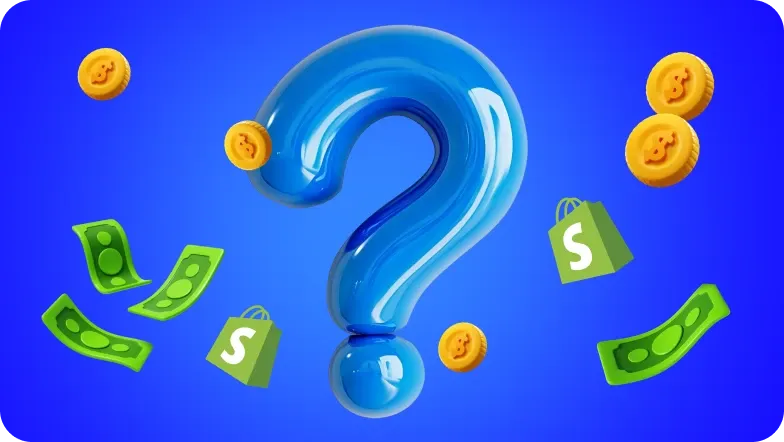
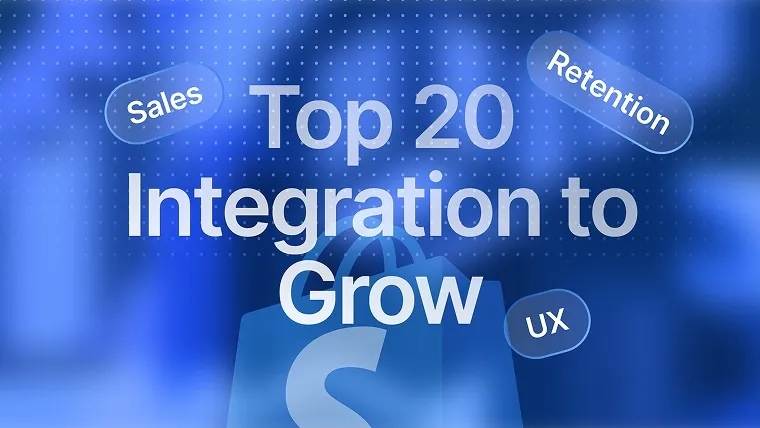
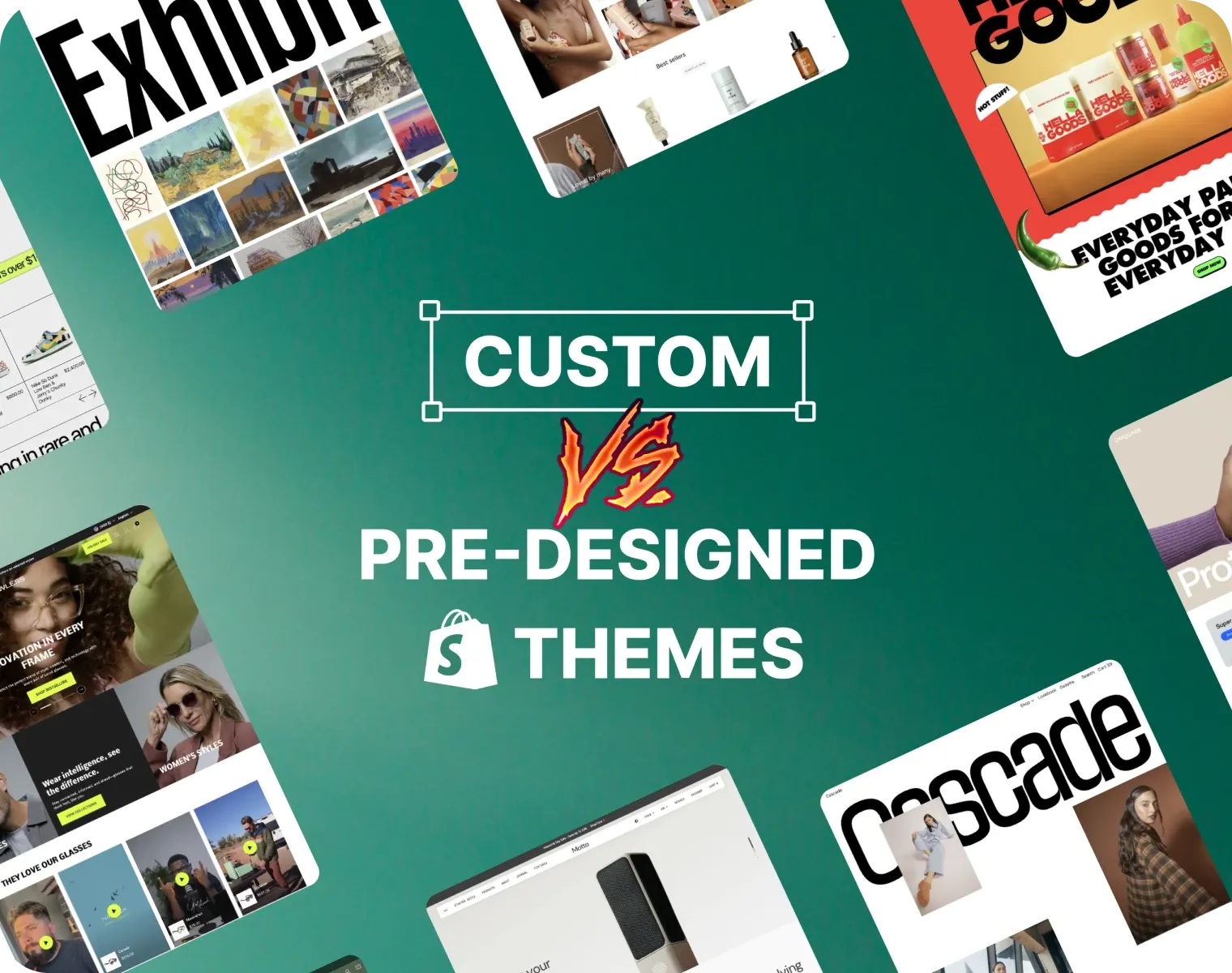
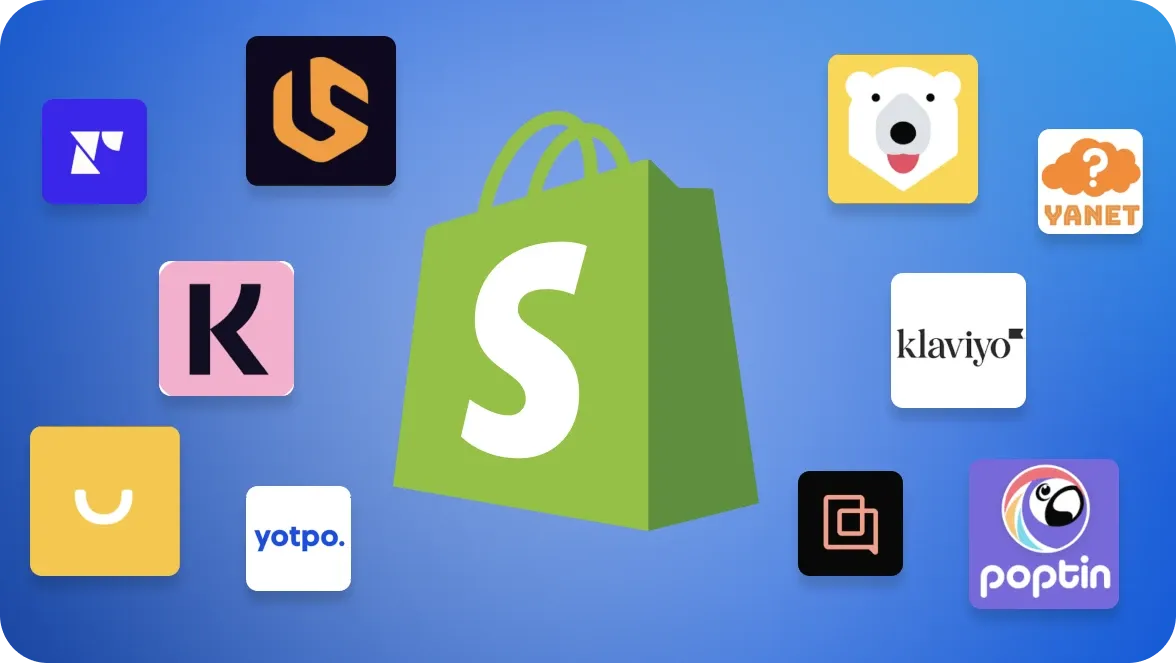
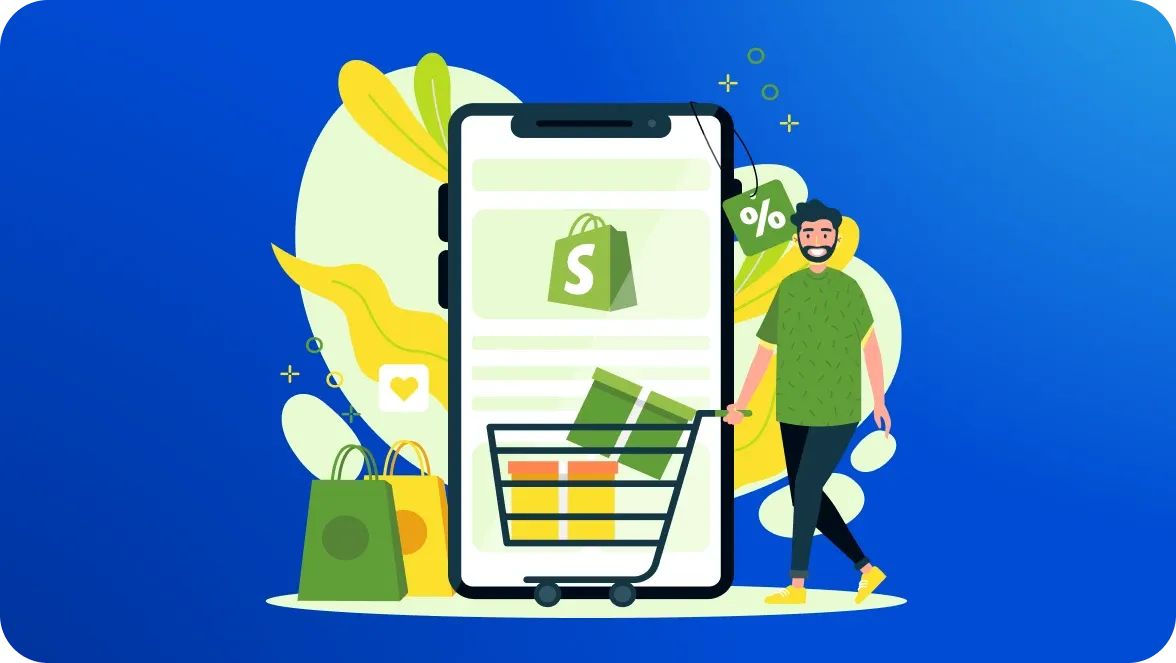
Was this helpful?
0
No comments yet